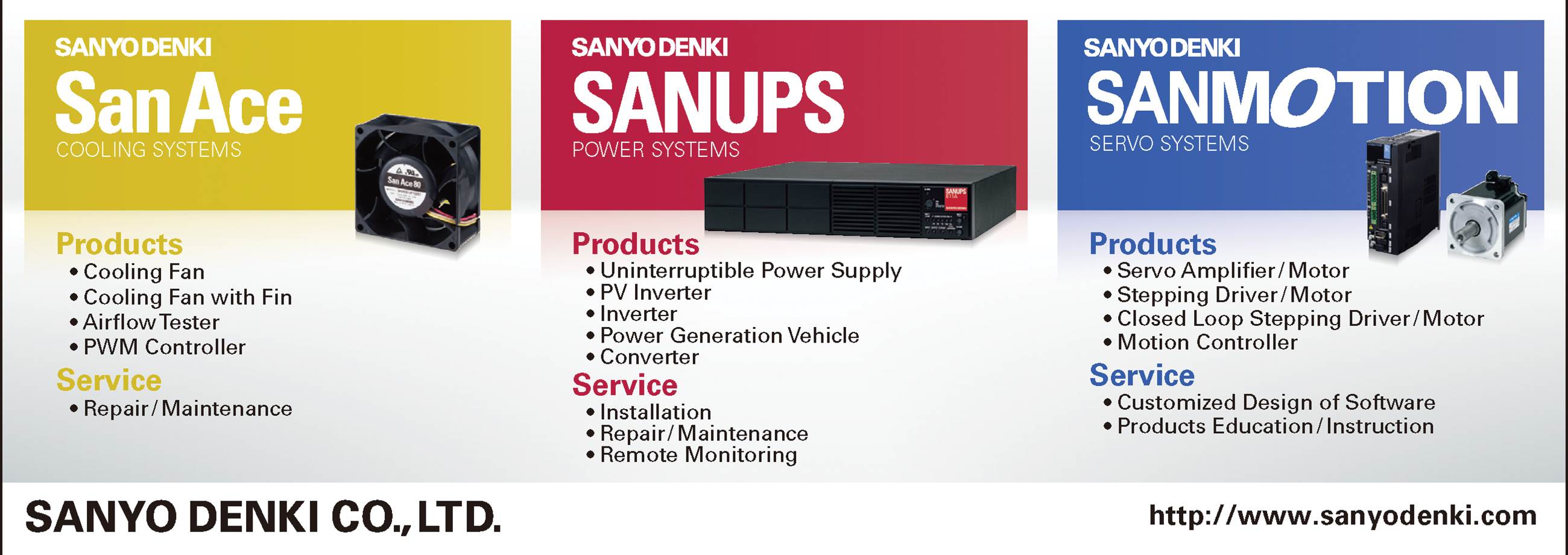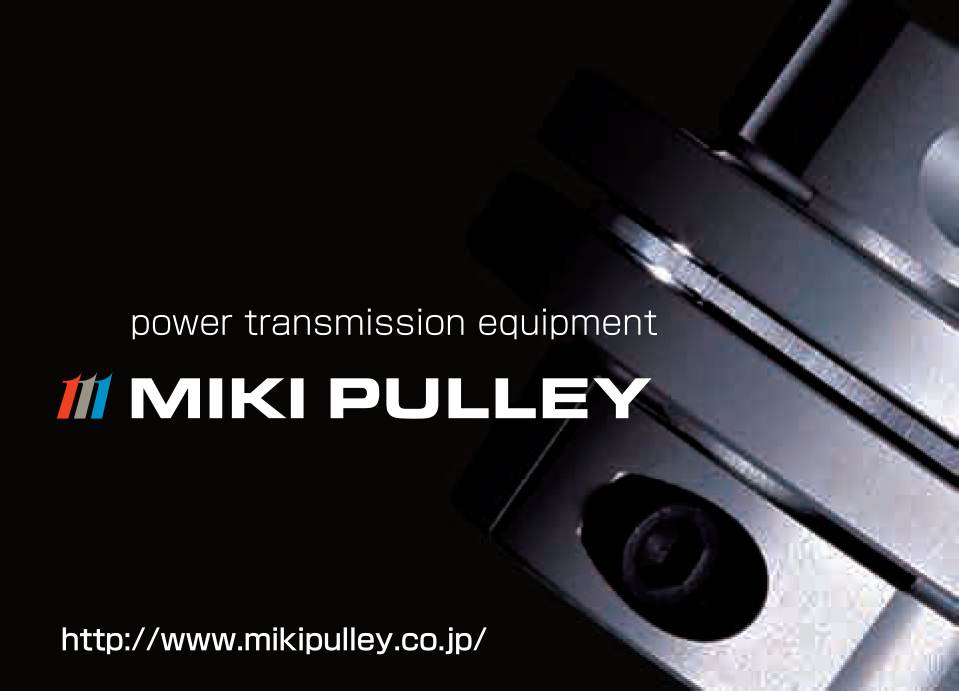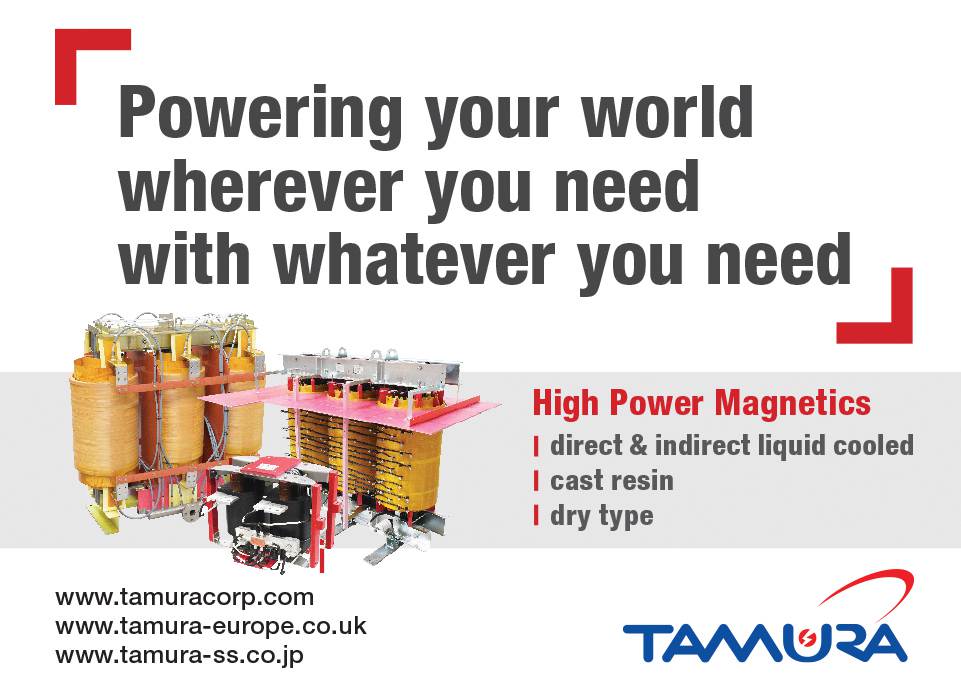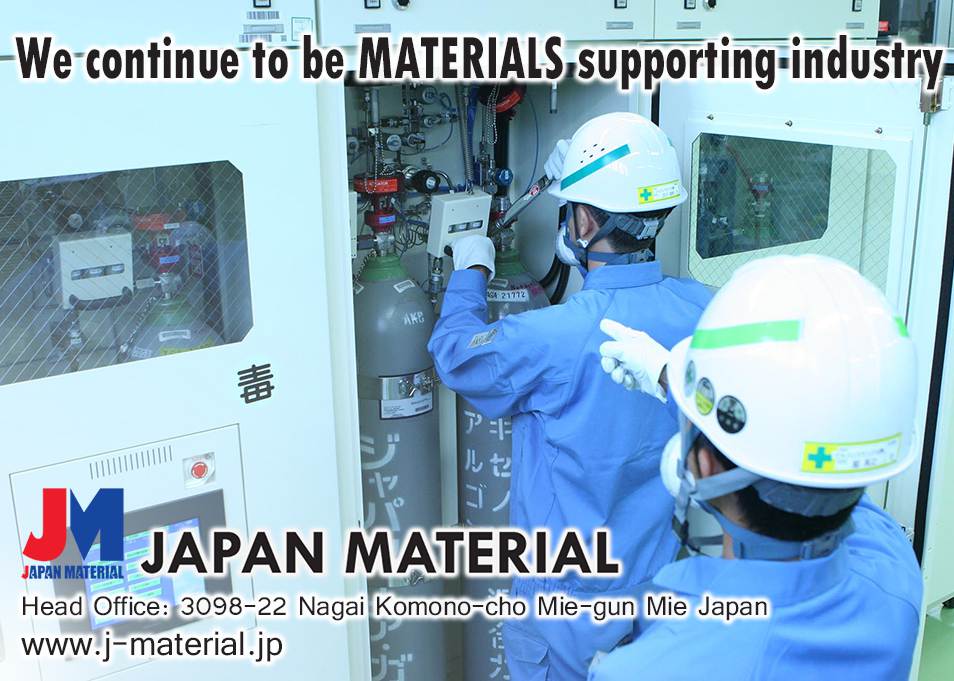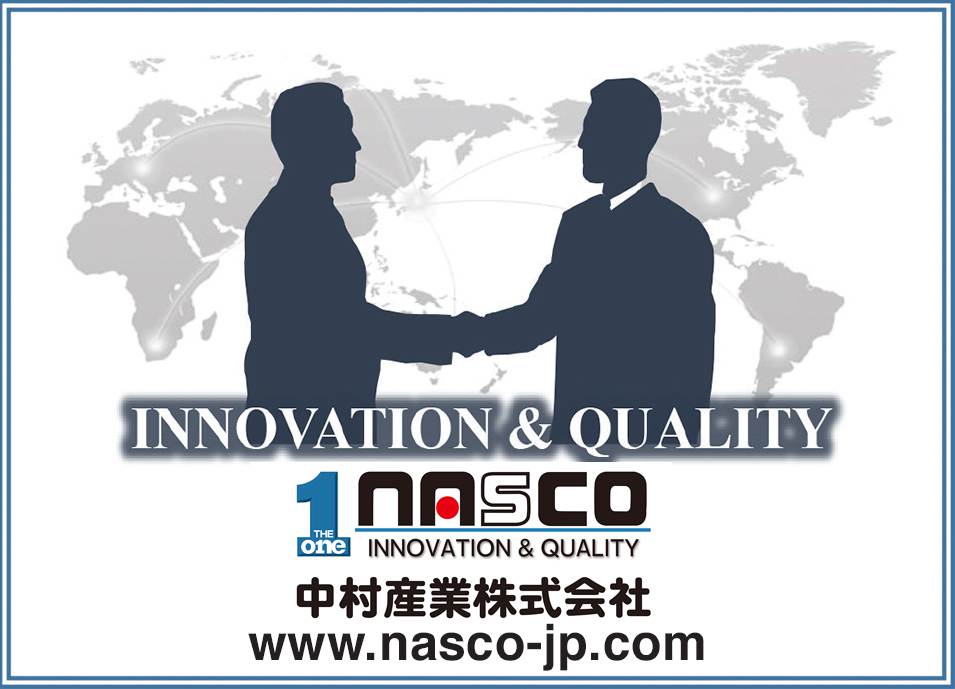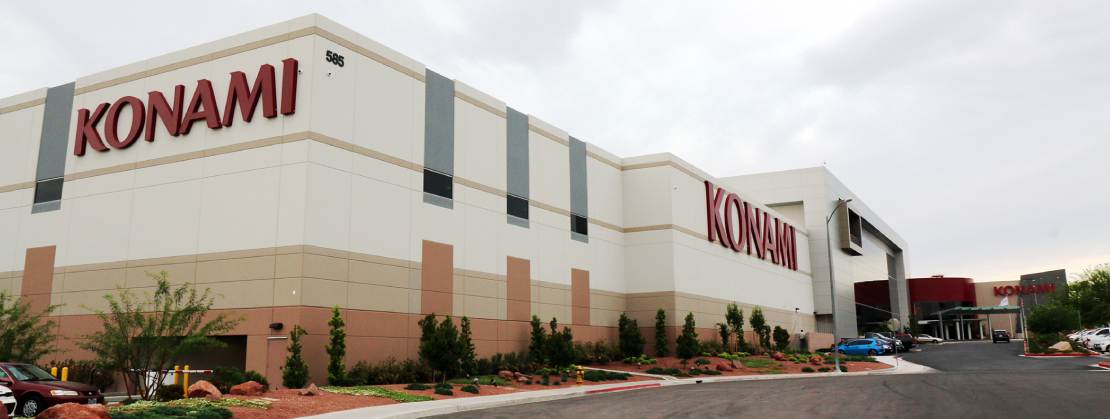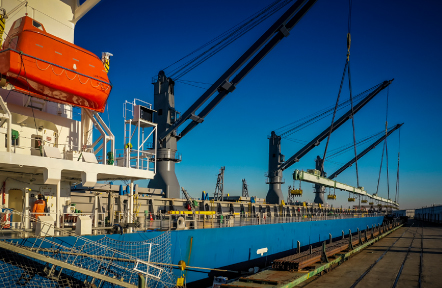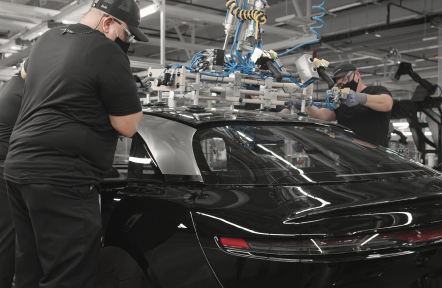Japan’s prowess lies in many fields, and the Japanese are undoubtedly masters at making things.
The Japan Electrical Manufacturers’ Association (JEMA) has overseen the development of the electrical machinery industry for nearly 70 years. JEMA was formed in 1948 out of a need to rebuild Japanese industry following the Second World War. Ever since, the 280-strong organization has supported the growth of its industry by ensuring that its members adapt to worldwide trends and remain globally competitive.

“We saw the need to improve the entire electrical industry. Instead of each company working single-handedly, we decided to have an association to assist the members, from suggesting important policy changes, meeting international standards, enlightening people about product safety and exchanging information foreign electrical machinery organizations,” said JEMA President Kiyoshi Ebizuka.
While Japanese electrical machinery companies try to boost their domestic market, Ebizuka stressed that Japanese electrical machinery companies have thrived around the world.
Embodying Japan’s reputation as a trailblazer in manufacturing, SANYO DENKI has remained one of the world’s top manufacturers of electrical components and systems, which include cooling fans, universal power systems and servo systems.
“We strive to compete on performance; and that is why we are ahead. We have a very good reputation with our current and even potential customers, and that is because we help them focus on features and not only on price,” said CEO Shigeo Yamamoto.
With more than 90 years of experience, SANYO DENKI develops core technologies used in high-performing standard products and creates customized ones based on each customer’s application.
“With different markets having varying demands, our technical centers worldwide gather information from each region and collaborate with the main R&D center in Japan. Through this, we maintain competitiveness. Also, we are currently integrating IoT (Internet of Things) technologies into our products,” Yamamoto explained.
Apart from gathering information for R&D, SANYO DENKI’s overseas technical centers also provide technical support and after-sales service.
A designer and manufacturer of power transmission equipment, Miki Pulley has also carved its niche by catering to the specific needs of its clients and focusing on developing its own technologies.
“It’s not about just customizing products,” CEO Koji Miki pointed out. “Even in the design, we develop this together with our clients. Our strength is in engineering. We have the facilities and the engineers that our clients don’t have. That is how we offer solutions.”
Meanwhile, Tamura Corporation, among Japan’s oldest companies in the electrical market, ensures that proper support is provided to its customers worldwide.
“One of our biggest advantages is that we have a number of manufacturing locations in Asia, Europe and the U.S. So, our global customers can always get support,” explained President Naoki Tamura.
For Miki Pulley and Tamura Corporation, an increased international presence is important for its long-term future.
“Currently, we are targeting the industrial and infrastructure markets in the US, EU, India, China and Brazil. Mergers and acquisitions would be the strategy for us all over the world to expand our business.
As we are committed to understanding the local markets we are in, we hope to find good people there and work with them,” Tamura said.
But for Miki Pulley, its expansion strategy involves forming partnerships or setting up its own sales offices.
“The subsidiaries that we have were all set up five or six years ago. We have been in the business for a long time but we realized that we could not grow further if we do everything from Japan,” Executive Vice President Yuji Miki said.
The Japanese have also acquired a reputation as early adapters, particularly in safety standards and environmental friendliness. These two qualities have remained priorities for SOC Corporation, a maker of low voltage fuses.
“As a last line of safety defense for multiple applications, the fuse is a very important component. Our responsibility is huge and we always try to meet the technical and specific needs of our customers because this is also our chance to grow and expand and because this helps us maintain our status as the fuse manufacturer with the world’s best technology,” said President Kayoko Arikawa.
Already present in Asia, Europe and the United States, SOC Corporation has identified the automotive and renewable energy industries as potential growth markets.
Japanese manufacturers gained the admiration of its partners and the loyalty of its clients, at home and abroad, for their ability to capitalize on its several strengths and to further improve them. While this has prompted Japanese companies to expand overseas, others, such as Japan Material and NASCO Nakamura, have focused on growth opportunities that exist at home.
Japan Material, which focuses on providing technical support for semiconductor factories, also offers in-house preventive maintenance for its customers as part of the whole package. Its clients include the world’s largest companies in the semiconductor industry from Japan, Singapore, and Taiwan.
However, President of Japan Material, Hisao Tanaka, admits that Japan’s semiconductor industry has lost its leading position and must do more to regain its standing.
“I’ve been in the industry for years and I’ve seen Japan’s semiconductor industry at its peak. In recent years, other countries have taken over the field. Japan staggered a little because although the country has high quality, it has high prices too. We are eager to help Japan bring the semiconductor industry back to the top. It has been before. We can do it again,” Tanaka said.
NASCO Nakamura, a pioneer in food processing and packaging solutions, believes that Japan, its main market, will still set the standards in innovation and be the point of reference for countries around the world.
“We are currently supplying the packaging solutions for food sold in convenience stores, which is really popular in Japan. In the near future, the demand for this in other countries will increase,” said President Gotaro Nakamura.
“Other countries will soon experience the same shifts in demographics and economy that Japan is now experiencing. By that time, Japanese companies like us will have gained enough know-how to lead in other markets, especially in Asia, with our acquired techniques,” Managing Director Hidemune Nakamura added.
